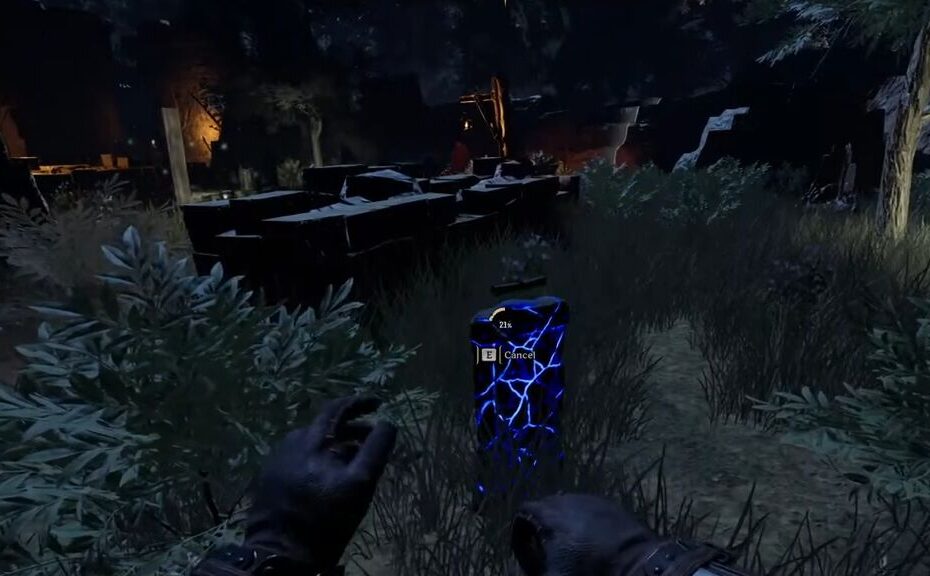Venturing into the realm of highroller gameplay with the goal of achieving the coveted Pathfinder rank has proven to be an arduous journey. This commitment comes at the cost of playing for pure enjoyment, as every move is calculated, and gear is carefully chosen to incrementally ascend the ranks. While the rank system injects a sense of purpose, its execution has drawbacks that alter the game’s dynamics, often steering players towards a more conservative and less entertaining playstyle.
The ranking system, while providing a tangible goal, inadvertently promotes a cautious and tedious playstyle. The allure of lootables over engaging in combat becomes prominent, as players are encouraged to prioritize escaping with valuables rather than engaging in riskier confrontations where they might prefer to extract with gear. This shift towards rat behavior can detract from the dynamic and diverse gameplay that many players find exhilarating in other modes.
One stark contrast emerges when comparing highroller gameplay to the unranked adventures of other characters. The freedom to embrace one’s “murder hobo” instincts, engaging in combat and pursuing a more aggressive playstyle, adds a layer of enjoyment that seems absent in the pathfinder grind. The imposition of a specific gameplay style for ranking purposes limits the game’s overall diversity, leaving players longing for the uninhibited thrill of true combat.
The inclusion of MMR in highroller lobbies introduces an element that seems arbitrary and, for some, meaningless. Rather than fostering fair competition or strategic matchups, it serves as a dividing line between those grinding for Pathfinder and those simply enjoying the game. This division can be frustrating, as players on different trajectories clash, leading to suboptimal matchups that might not align with the Pathfinder grind.
One unfortunate side effect of these new features is the narrowing down of gameplay choices. The quest system, while providing goals for character advancement, inadvertently encourages players to focus solely on one character. The lack of incentive to use mid-tier gear in diverse scenarios further restricts gameplay options, leading to a more monotonous experience for those seeking the coveted Pathfinder rank.
Furthermore, achieving the Pathfinder rank on certain maps proves to be an uphill battle. The prevalence of Fighters in goblin cave maps, combined with the adjustments to character strengths, particularly the buffs to Warlocks and Wizards, alters the dynamics of solo play. Fighter, once a formidable solo class, has seen its prowess diminish in the face of these changes, making the Pathfinder grind even more challenging.
An additional concern arises with rank rewards seemingly disappearing after a derank. This quirk in the system potentially dissuades players from continuous play once they achieve their desired rank, as the rewards they once sought become elusive upon deranking. While it might not be practical to introduce rank decay for inactivity, preserving the highest achieved rank and its associated rewards could motivate players to keep pushing their limits.
In light of these challenges, the Pathfinder grind appears to be a double-edged sword. The thrill of achieving a high rank is counterbalanced by the limitations imposed on gameplay diversity and the inadvertent promotion of conservative strategies. Finding a balance that rewards skill, Dark and Darker Gold market balance, strategic diversity, and consistent effort without stifling the essence of the game remains a challenge for the developers. Only time will tell if adjustments will be made to ensure a more harmonious blend of competition and enjoyment in the quest for Pathfinder glory.
